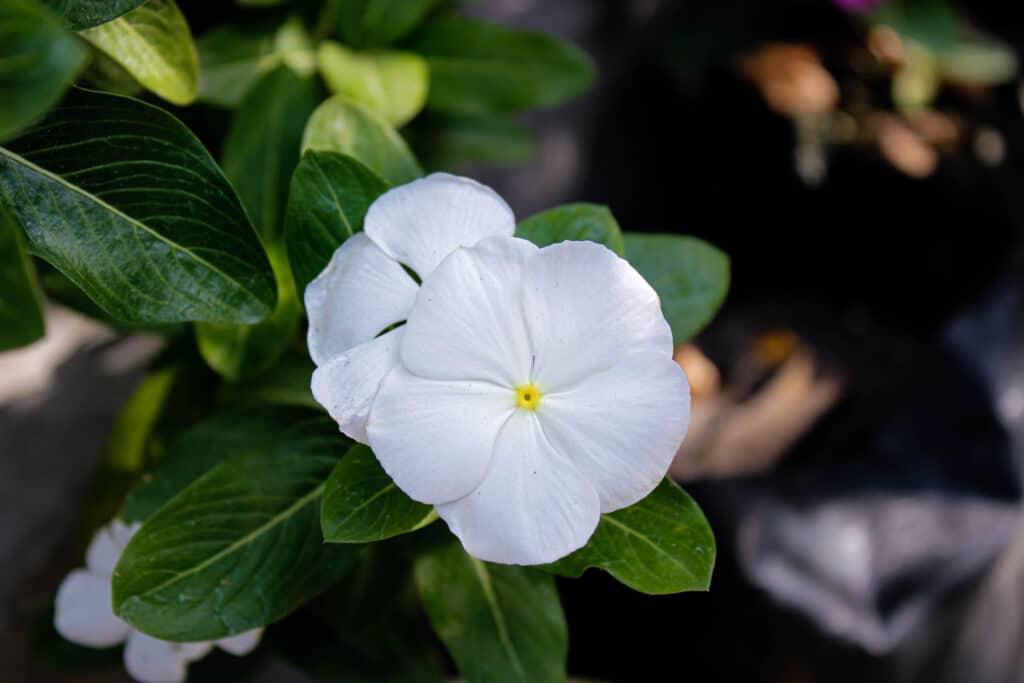California and Florida have constant comparisons drawn between the two. Both of these states have major theme parks, and they each offer substantial access to beaches and recreational water sports. Did you know that they both also have their own Palm Springs location? Learn more about California’s thriving city and Florida’s inviting village.
Comparing Palm Springs, Florida vs. Palm Springs, California
| Location | Florida | California |
| 2022 Population | 26,844 residents | 45,223 residents |
| Size | 4.255 square miles | 94.68 square miles |
| Climate | Tropical | Hot desert |
| Local Terrestrial Wildlife | Green iguanas, great blue heron, boat-tailed grackle, northern mockingbird, palm warbler | Bears, coyotes, peafowl, deer, rattlesnakes, skunks, opossums, raccoons, mountain lions, bobcats |
| Local Plant Life | White beggar-ticks, white peacock, Madagascar periwinkle | Mariscal cactus, brittlebush, Chinese hibiscus |
| Tourist Attractions | Mounts Botanical Garden, John Prince Park | Celebrity tours, Palm Springs Aerial Tramway, art museums |
| Crime Rate, per 1,000 residents | 38 | 47 |
| Median Household Income | $51,358 | $67,451 |
Differences Between Palm Springs, Florida vs. Palm Springs, California
Palm Springs (FL) vs. Palm Springs (CA): Location

The California city is one of the most popular tourist locations in the state.
©Erik Cooper / CC BY 2.0 – License
Palm Springs in Florida and California couldn’t be further apart. They sit on opposite coastlines with largely different populations. The location in Florida isn’t even qualified to be called a city – it is a village within Palm Beach County. It is located north of Miami near many tourist attractions and recreational activities in other cities.
In California, this location is a city within Riverside County. It is one of the top spots for retirement, featuring retro décor throughout much of the downtown area. It receives most of its tourists between November and March, substantially increasing the population until Spring Break.
Palm Springs (FL) vs. Palm Springs (CA): Population And Size
While California’s city was the original home of the Cahuilla people over 2,000 years ago, the current population accounts for 45,223 residents as of 2022. In Florida, the village has just over half of the population that California does, with 26,844 residents recorded in 2022.
The difference in the size of these two locations is even more shocking than the population. California’s city measures just over 94 square miles, while the village in Florida only covers 4 square miles, leaving substantially less room for its residents.
Palm Springs (FL) vs. Palm Springs (CA): Climate
These two locations are substantially different in their climate. In Florida, consumers go to Palm Springs to get the relaxing and tropical vacation they want. Throughout the year, temperatures stay fairly high with intense humidity. Clouds are present in every season, ranging from 59°F to 89°F. Winter weather is fairly comfortable with a little wind.
California’s city is a hot desert so that you won’t experience much moisture in the air. Over 80% of the year has sunny days with less than 5 inches of rainfall each year. Even during the winter, temperatures usually reach 70°F at their start, but they can rise to 90°F or more by the time January and February come. Summers tend to be extremely hot without a lot of rain for relief.
Palm Springs (FL) vs. Palm Springs (CA): Wildlife

Animals like the great blue heron are common in the Florida village because of its water source, and it would not fare well in California’s desert.
©Krumpelman Photography/Shutterstock.com
Since California has a hot desert climate, the thriving wildlife needs to have the strength to withstand long bouts of limited water supply. Across the desert, the most common wildlife to find is the animals that can hide in the desert mountains or thrive in the limited vegetation, like rattlesnakes, deer, peafowl, and opossums. Bobcats, mountain lions, coyotes, and even bears sometimes come out into the open if they are in desperate need of food.
In Florida’s village, animals acclimate to the wetter weather, which makes it a great home for birds like the great blue heron and the boat-tailed grackle. If you look in the right places, you could even spot a northern mockingbird in the forest or a palm warbler by the water. Green iguanas are also popular in this village, preferring more densely populated areas.
Palm Springs (FL) vs. Palm Springs (CA): Plant Life

Both California’s and Florida’s Palm Springs have the Madagascar periwinkle, though it was only ever meant to thrive in Florida.
©iStock.com/Prasetyani i
The climate affects the native plants that can grow in each of these locations as well. Florida’s Palm Springs is known for the presence of the Madagascar periwinkle, which is a flower with oval-shaped pink petals. While it is one of the most common plants in Florida, it is an invasive species in California. Florida is also known for its white beggarticks and Spanish needles. However, they are a weed rather than a flower, sometimes used in tea.
California’s city only has flowers and vegetation that withstands long periods of no rainfall, which is why the Mariscal cactus is so common. Most cacti don’t even need water more than every 6 weeks, but wild cacti survive for much longer. Brittlebush, a round shrub, is another common plant of the Palm Desert, though it is primarily used to reduce erosion damage and keep the road clear.
Palm Springs (FL) vs. Palm Springs (CA): Tourism

The rotating aerial tram in California’s city is one of the most popular tourist attractions that locals also enjoy.
©Don Graham / CC BY-SA 2.0 – License
While California and Florida both offer incredible places for tourists to travel, the experiences are slightly different. In Florida, the village is only a small part of the state, featuring the Mounts Botanical Garden. This garden is the largest and oldest in Palm Beach County, spanning 20 acres. It is the perfect opportunity to see more local plant life with tropical and subtropical varieties. For somewhere with a little more of the natural beauty of Florida, John Prince Park gives access to biking, fishing, and multiple forms of boating to pass the hours.
In California, the tourism industry welcomes millions of visitors yearly to Palm Springs, which is why the city has over 130 places, hotels, bed and breakfasts, and resorts. It is the home of the Coachella Festival, enticing younger tourists to come and visit when these events come through. To expand on the local culture, California’s city updated the downtown area, featuring a local street festival known as Village Fest on Thursday nights. If you want to have a unique experience, the Aerial Tramway is the largest tram car in the whole world that can also rotate through the 2.5-mile journey.
Palm Springs (FL) vs. Palm Springs (CA): Crime Rates
Both of these cities have high crime rates. While the national average is approximately 37 cases per 1,000 people, the rate in Florida’s village is 38 per 1,000 people. It is one of the highest crime rates for the smaller population. However, California’s city is much higher, with 47 crimes per 1,000 people.
Palm Springs (FL) vs. Palm Springs (CA): Income And Housing
With drastically different populations and sizes in these cities, the annual salary varies slightly. Florida residents seemingly make less within their village, bringing $51,358 into the home annually. While 30% of the population graduated from high school, only 18% of residents have at least a bachelor’s degree, limiting their potential earnings. The local poverty rate is 12.8%, and housing is less expensive than other areas at less than $200,000, which is the average price of a sold home.
With a poverty rate of 13.9%, California’s higher income still leaves many people needing government assistance. The average household income is $67,451, but home buying costs over $500,000. This massive range follows an educational trend since almost half of all residents have at least a bachelor’s degree.
The photo featured at the top of this post is © Photo372/Shutterstock.com
Thank you for reading! Have some feedback for us? Contact the AZ Animals editorial team.







